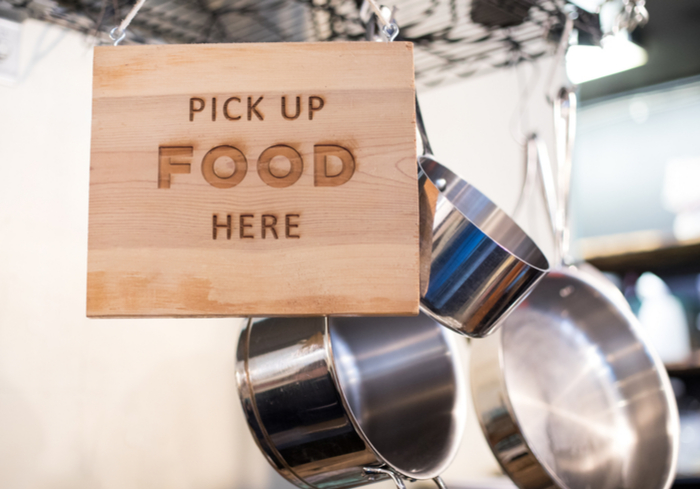
Food order-ahead mobile apps are exceedingly good at calculating the best route for drivers, but they don’t always keep consumers informed about the status of their orders in real time, according to Lee Leet, chief executive of QSR Automations, Inc.
Customers want to be kept aware of potential delays to their orders and “when their food [is] going to be ready so they’re not sitting outside … with the car running, waiting to pick up an order because it’s running a little late,” Leet told PYMNTS.
Enter Leet’s DineTime front-of-the-house software for restaurants, which also integrates with the company’s back-of-the house product to provide real-time order statuses and estimated wait times for diners.
A new version of DineTime now includes a takeout tab, with real-time data pushed directly from the kitchen, to keep restaurant staff and customers informed. The software also allows front-of-the-house staff to keep track of guests and third-party delivery partners by marking orders as picked up or no-shows, if a party has not arrived at the scheduled time.
QSR’s updates come as interest in delivery apps such as Uber Eats and Eat24 continue to capture revenue from customers hungry to have their meals delivered to their offices or homes. Uber Eats alone expected $3 billion in revenue last year, for example.
Mobile ordering is a booming business, with a projected value of $55 billion of the mobile ordering industry by 2022, according to the January 2018 PYMNTS Mobile Order-Ahead Tracker. In addition, 70 percent of consumers have ordered food online at least once in the past year, while 58 percent have ordered a meal through a website or an app.
To put it simply, mobile ordering is growing and companies like QSR are seeking to get ahead of the trends.
QSR
Leet’s first customer was KFC. Since then, he has grown QSR Automations to serve well over 70,000 installs, from large chains to small mom-and-pop restaurants. Different-sized customers have different preferences, particularly for hardware. Individual restaurants may use a 100 percent cloud-based solution, for example, while larger chains may require a fully redundant solution with an in-store server.
Overall, Leet said that Windows is the dominant platform behind the computers powering large chains, although his company does support other platforms, including Apple’s iOS and Android-powered operating systems.
To expand the functionality of the software, QSR works with existing restaurant software and services. It integrates with about 15 different third-party software platforms, including reservation networks like Priceline’s OpenTable.
QSR also has a patent to solve a common restaurant problem: Wait times can just be, well, guestimates. Using information from the back of the house, its technology can predict accurate wait times.
Leet’s company is not entirely alone in the space: Google has created wait times pulled from its location history feature.
Future
In the future, Leet sees more services and devices in restaurants. While some restaurants have taken to using tablets like Apple’s iPads, it’s not particularly easy for larger chains.
For one, it’s harder to control iPads — they’re a bit more “locked down” than a Windows-based device — but Apple is addressing that concern, Leet said. In addition, larger companies must manage a staggering number of iPads in order to run their operations.
“It’s a little harder to manage an enterprise of 2,000 sites with a whole bunch of iPads — not that you can’t do it, but it’s a little more difficult than [with] Windows,” Leet said.
Leet’s company has also branched out to voice-activated technology like Amazon’s Alexa, which manufacturers are integrating into devices all over the home and even in cars.
“Voice is becoming a bigger thing, so about a year ago, we worked with Amazon and released an Alexa skill for DineTime,” Leet said.
But integration of Alexa into restaurant applications is not always easy. Since Alexa listens for user commands, background noise can interfere with the virtual assistant’s ability to understand instructions — and restaurants, of course, aren’t the quietest places in the world.
Beyond Alexa, Leet sees a “laundry list” of new technology coming to his platform that take advantage of delivery and off-premise demand. Integration with Facebook’s Messenger with a wait list and reservation chatbox might be on the horizon, he said.
So, maybe sometime in the future, one could chat with Facebook Messenger to find out when that table for two is ready — or pay for that take-out meal.